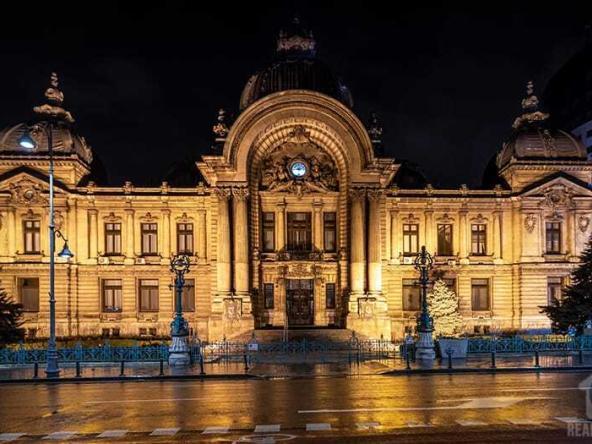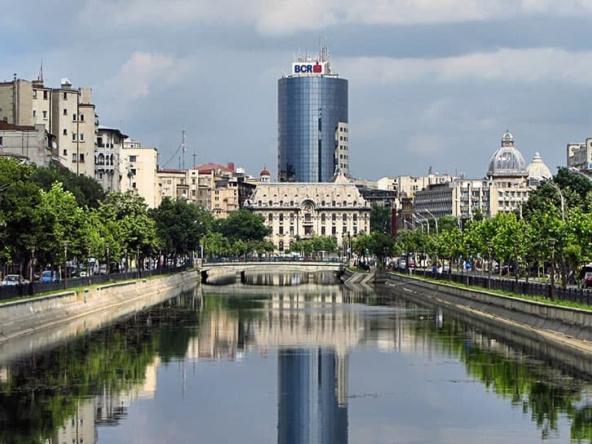On the shore of Herastrau lake, right in the heart of Romanian’s Capital, visitors have the joy of discovering a real village, one with monuments and artifacts from the XVII century, unique constructions originating from the most important ethnographic areas that had the chance to reborn within the Dimitrie Gusti National Museum.
Creating the Village Museum wasn’t a sudden decision. It was the result of an intensive and sustained research work, both theoretic and practical, to numerous museum experiments that were coordinated for more than a decade by the professor Dimitrie Gusti, the founder of Bucharest’s Sociological School. Basing the project on this extensive work and on the financial support of the Royal Foundation “Prince Carol”, in only two months the Village Museum was built. In this very short period, the specialist and student teams organized and coordinated by Dimitrie Gusti and H.H. Stahl, bought from the researched villages peasants’ constructions such as houses, churches, technical installations, and interior objects like furniture, ceramics, textiles and tools, considered as being representatives for their places of origins.
The official opening of the National Village Museum took place on the 20th of May 1936 in the presence of King Carol II, and it was opened to the public a week later, on the 17th of May 1936. Back then, the museum included about 4.5 hectares. On this land one could visit 33 authentic households, one church, fountains and a swing. The design was completed by the playwrighter and stage designer V.I. Popa.
If you want to experience the unique village life, the authentic reality of the Romanian peasant then the National Village Museum is a place that you simply cannot miss. The charm of the scenery, the extraordinary architecture, the craftsmanship of the objects exhibited and the cultural richness are just a few of the things that intrigue us when we are visiting this institution.
The research campaigns and the acquisitions made within the last years have contributed to the growth of the patrimony that is exhibited outside and of the current collections. At the moment, the permanent exhibition includes 123 different households, over 363 monuments, and the mobile patrimony counts about 50,000 objects. One of the greatest advantages of the National Village Museum is its diversity. Among the monuments recently transferred in the museum, at the beginning of 2003, there is the Timiseni Church from Gorj, a monument that has a special value for the old religious rural architecture and for the execution of the paintings. Besides the patrimony displayed outside, the museum also holds a rich documentary database with an invaluable historical and ethnographic importance. This database is compiled from collections of manuscripts, studies, sketches, drawings, surveys, drawings, glass clichés, films, color and black and white negatives and photographs.
All visitors have access to all these traditional Romanian treasures and at the same time enjoy the unique chance of experiencing a part of the fascinating life of the peasant and the authentic village that represents the core origins of Romanian people, their wonderful culture and charming history.





